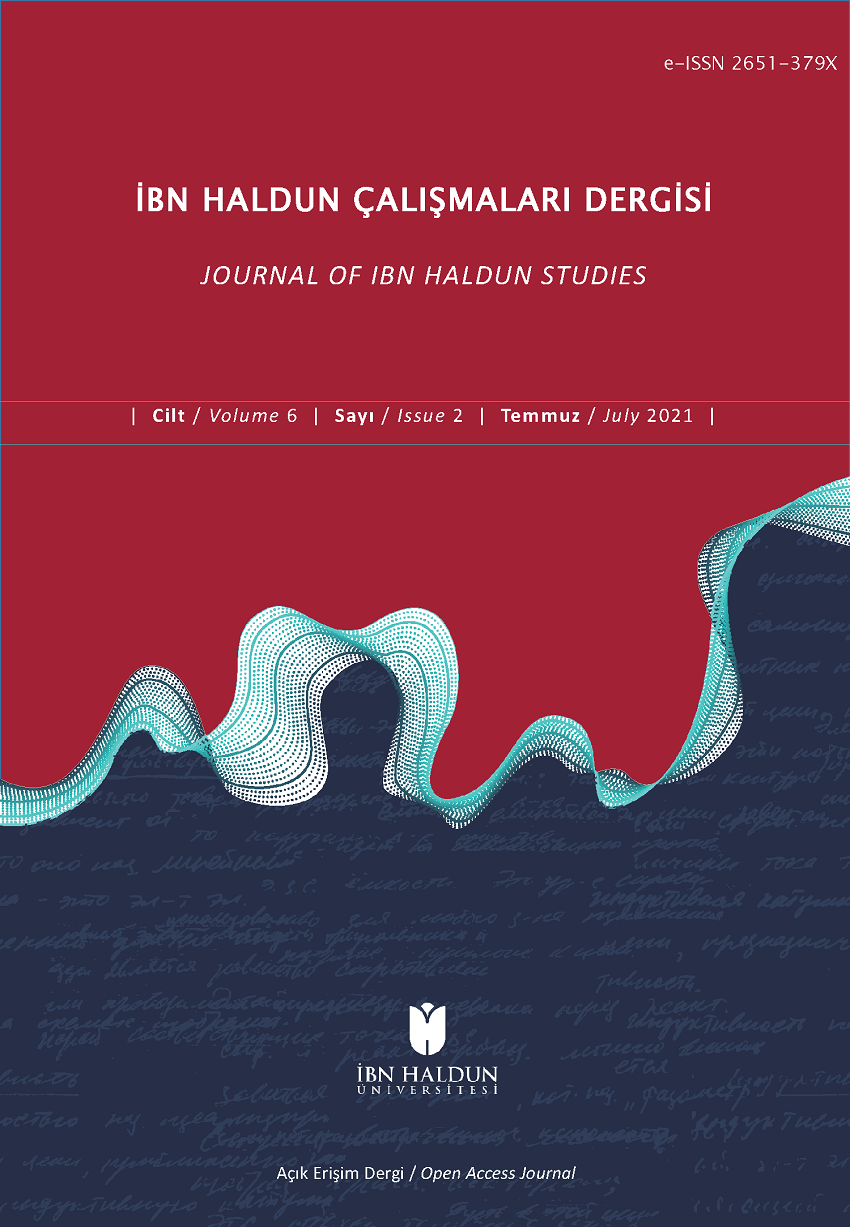Understanding Medjugorje: A Khaldunian Approach to a Marian Apparition
DOI:
https://doi.org/10.36657/ihcd.2016.12Keywords:
Group-Feeling, Bosnia, Marian Apparitions, War, Ethnic ConflictAbstract
Sociologists have generally treated the reports of the Marian apparitions at the Bosnian village of Medjugorje (starting in 1981) as religious phenomena. The later eruption of war in that region, on the other hand, was cast as an ethnic conflict – albeit one that split on supposedly religious lines. This discursive divide stems from the standard sociological treatment of ‘religion’ and ‘ethnicity’ as being fundamentally different sorts of things. In the standard view, “religion” has to do with beliefs and organizations, while ‘ethnicity’ is a matter of tribal, ultimately biological, heritage. Unlike Western sociologists, Ibn Khaldûn famously applied the same conceptual resources to religion and to ethnicity, seeing them both as potential sources of “groupfeeling”. Both could sustain group identities in the face of conflict and change, and in the same way. This article evaluates the Khaldûnian approach by placing “the miracles at Medjugorje” in the context of southwestern Bosnia’s locally constituted ‘ethnic’ identities. It tracks the complex ways in which both religion and ethnicity were used to heighten group divisions. It ultimately concludes, however, that the Khaldûnian approach does not adequately capture the dynamics of either the ‘miracles’ or of the instrumentalism that drove the Bosnian conflict.Downloads
Published
2016-07-15
How to Cite
Spickard, J. V. (2016). Understanding Medjugorje: A Khaldunian Approach to a Marian Apparition. Journal of Ibn Haldun Studies, 1(2), 253–276. https://doi.org/10.36657/ihcd.2016.12
Issue
Section
Articles
License
In case an article is accepted for publication it is allowed to combine the article with other researches, to conduct a new research on the article or to make different arrangements on condition that the same license is used including the commercial purpose.
As an author of an article published in Journal of Ibn Haldun Studies you retain the copyright of your article and you are free to reproduce and disseminate your work.






